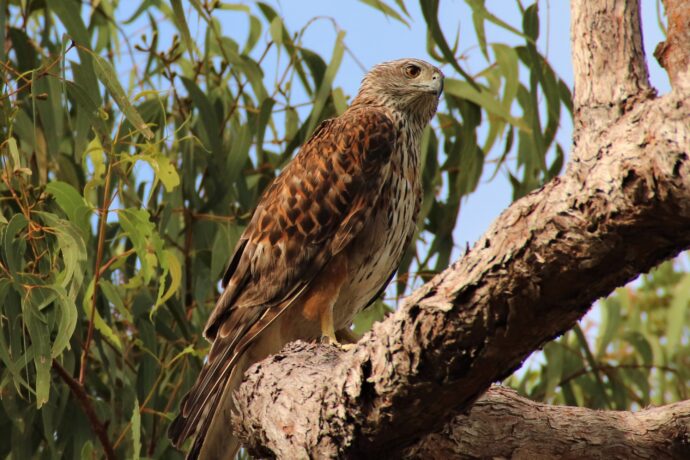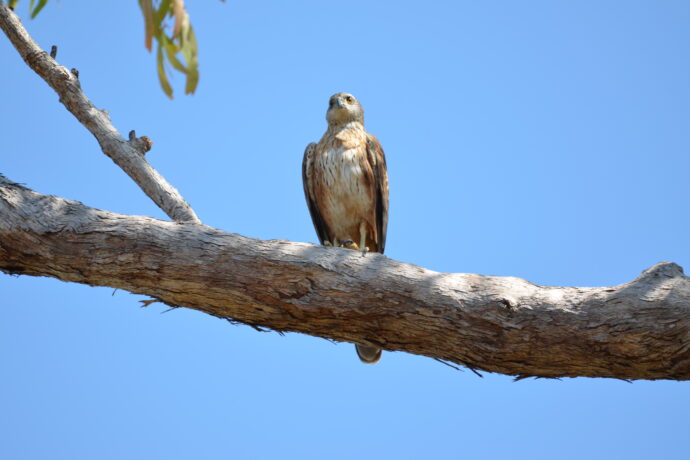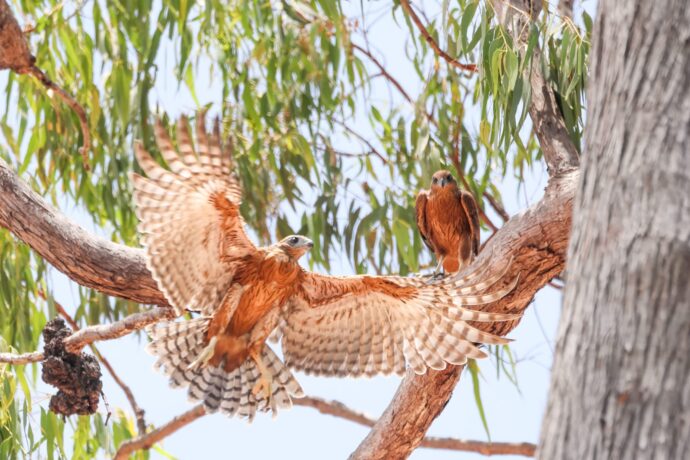Eastern Curlew
Numenius madagascariensis
Conservation Status
Queensland State: Endangered
Australian Government: Critically endangered
Species overview
Eastern curlews are a migratory shorebird and long-haul flyer traveling up to 20,000km each year. They breed in the northern hemisphere in areas such as Russia, Mongolia and northern China, and spend their non-breeding season (August to late March) along the coastlines and sheltered bays of Australia. Remarkably, they can lose between 40-70% of their body weight one-way on their long journey.
The birds can be seen stalking slowly through sand/mudflats and wetland areas, foraging for food (crustaceans, small molluscs, as well as some insects) from the surface or probing deep in the sand or mud with their long bills, before retreating to high-tide roosts on beaches, mangroves, and ponds.
Areas in which eastern curlews have been sighted in the region include:
- Bucasia Esplanade, Bucasia
- Sandfly Creek, East Mackay
- Shellgrit Creek, South Mackay
See the Eastern Curlew Storyboard here.
Description
Eastern curlews are Australia’s largest shorebird species growing more than 60cm tall and weighing on average 900 grams. Their bulky body has a flecked brown and tan plumage, and in flight their barred feathers are visible (lighter under the wings and dark above). Their most distinctive feature, however, is their long, black bill which curves downwards.
Conservation concerns
Eastern curlews are nationally listed as “Critically Endangered” and have seen declines of up to 80% of their global population in the past 30 years. As a migratory species, about 75% of the world’s eastern curlews visit Australia, so we have a particular responsibility to protect them to the best of our ability.
The key threats impacting this threatened species include ongoing human disturbance (such as driving on beaches and sand dunes or unrestrained domestic dogs), coastal development, land reclamation, pollution and weed invasion. These disturbances can disrupt their feeding and breeding patterns, as well as cause stress and exhaustion.
How you can help when visiting the beach:
- Observe shorebirds from a distance (100m+)
- Dogs can frighten shorebirds – always walk dogs on a leash
- Avoid disturbing foredune habitat
- Keep the environment litter free
- Report sightings of feral animals to the Council








